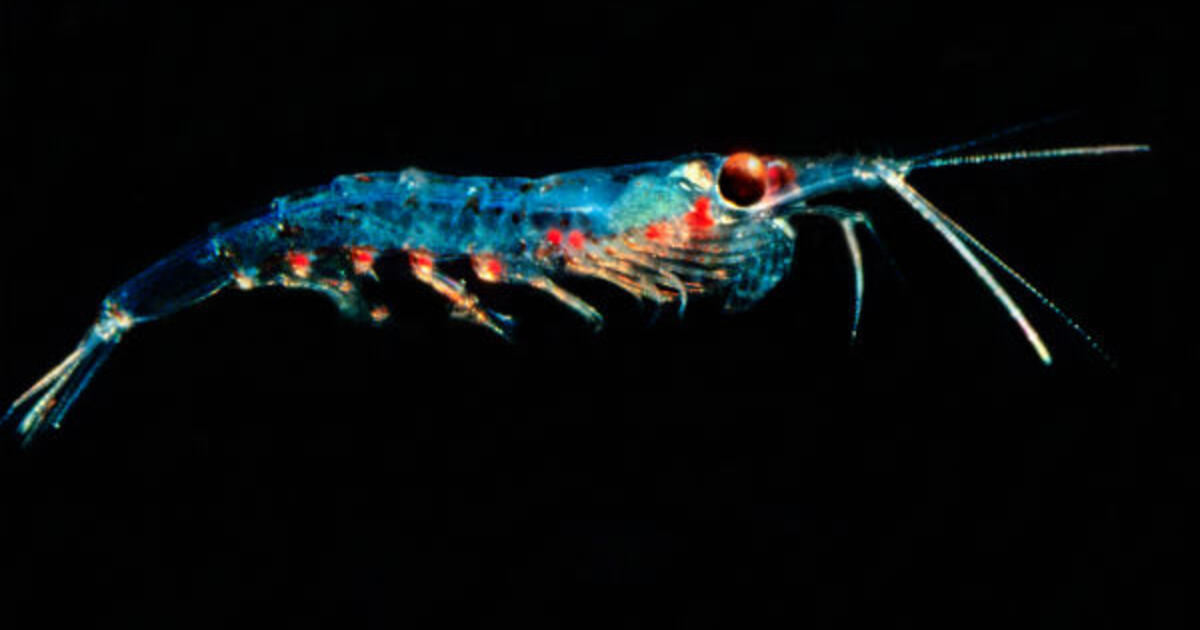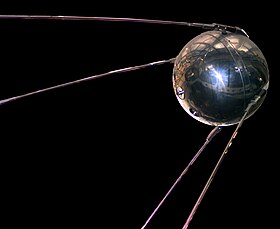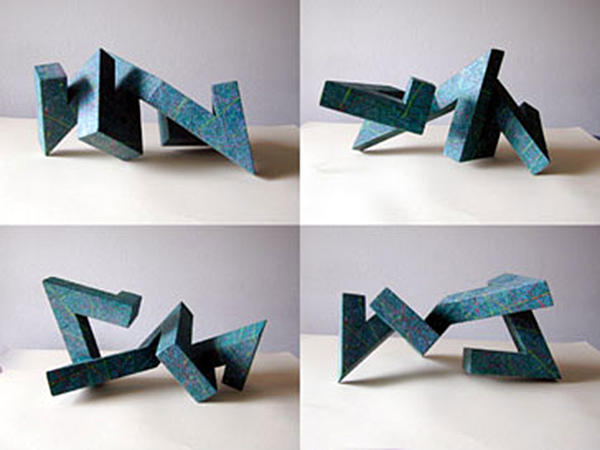Event Blog 5 Extra Credit: Dillon Bastan
Dillon Bastan is an artist who is currently taking Professor Vesna's DESMA 90 class and for his quarter project he wanted to focus on DIY in dealing with food. During the event, he performed a demo with specific cooking instruments attached with wires that connected to his computer. He proceeded to make salads and banana shakes while these machines were producing what he called a "symphony." Apparently, after researching this further I discovered that through using MSP software, one can covert negative and positive charges emitted from certain materials to computer generated sounds.
 |
| Some of Dillon's finished products |
To be frank, while I appreciate his initiative of working in this topic, I was quite puzzled by what he was really trying to achieve. When I had a chance to speak with him afterwards, he mentioned that he had hoped his tools would have produced a more melodious sound but that his work was still been in beta testing. He had planned to rehearse his performance, but in the end decided that he would conduct it as an improvisation. This form of spontaneous artistic expression was more meaningful to him because he said that it gives him more freedom of expression, a feeling he continuously seeks in his work. This event was an excellent example of sound art, which was the overall theme of the two day exhibition, Sound and Science 2.0.
| 10cars' autumn soundbox |
 |
| R. Stevie Moore |
In all, I enjoyed attending this event because I thought that it was very different from anything else I have ever seen before, but I think Dillon should approach this project next time with a little more structure. Once he has completed testing his experiment, I would recommend others to watch him perform. It is a very interesting take on sound art.
 |
| Me attending Dillon Bastan's performance |
References
“Gorgeous Electro-Acoustic Instruments Mix Sculpture and Noise.” CDM Create Digital Music, 21 May 2019, cdm.link/2019/05/10cars-electro-acoustic-instruments/.
Crezek, Dansel. “Nashville's DIY Electronic and Experimental Scene Is a Supportive and Varied Community.” Bandcamp Daily, 26 May 2018, daily.bandcamp.com/2018/05/25/nashville-diy-experimental-electronic-list/.
10cars. Autumn soundbox. Photograph. 2019. http://cdm.link/2019/05/10cars-electro-acoustic-instruments/.
Unknown. R. Stevie Moore. Photograph. 2015. https://daily.bandcamp.com/2018/05/25/nashville-diy-experimental-electronic-list/.
Bastan,
Dillon. “DIY With Food.” Sound and Science 2.0,
2019, http://artsci.ucla.edu/sound/.





